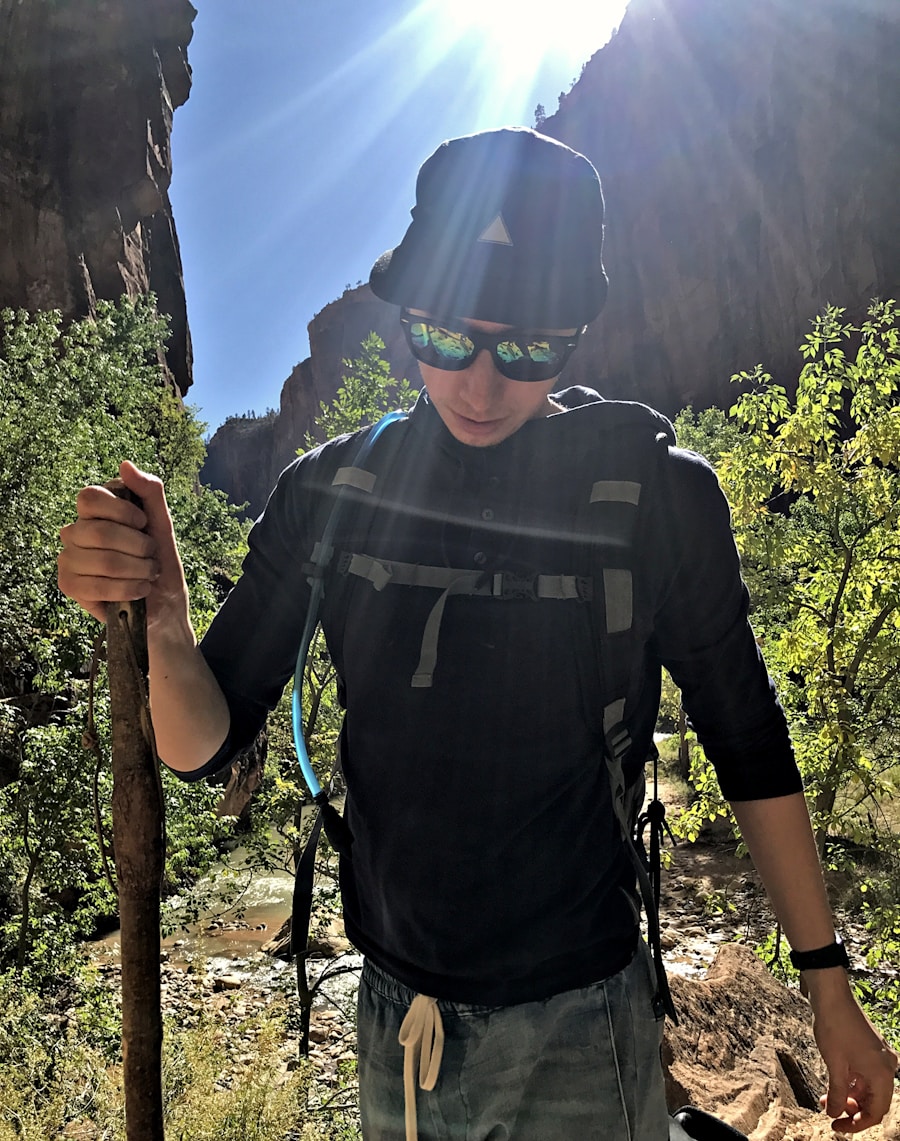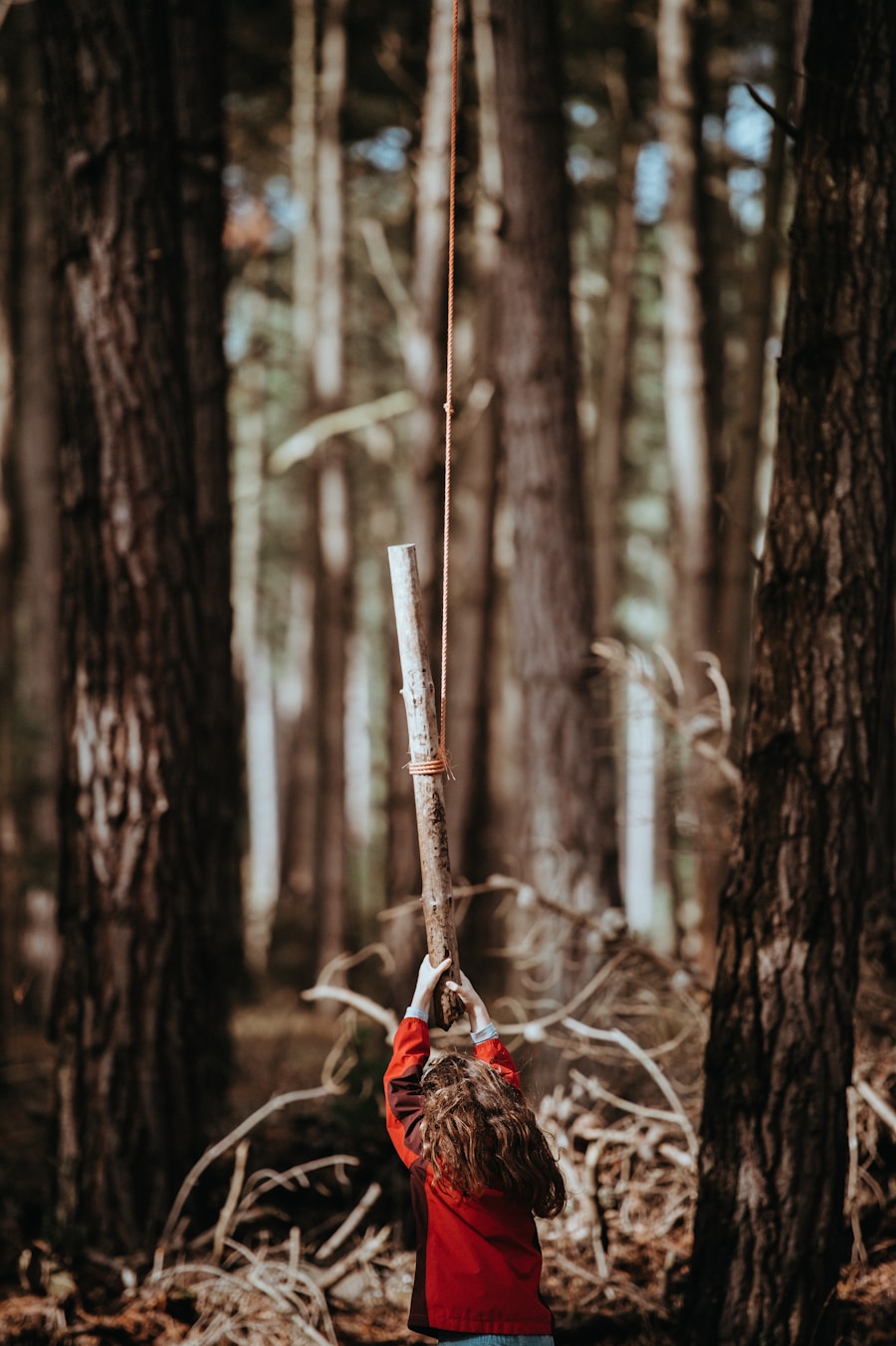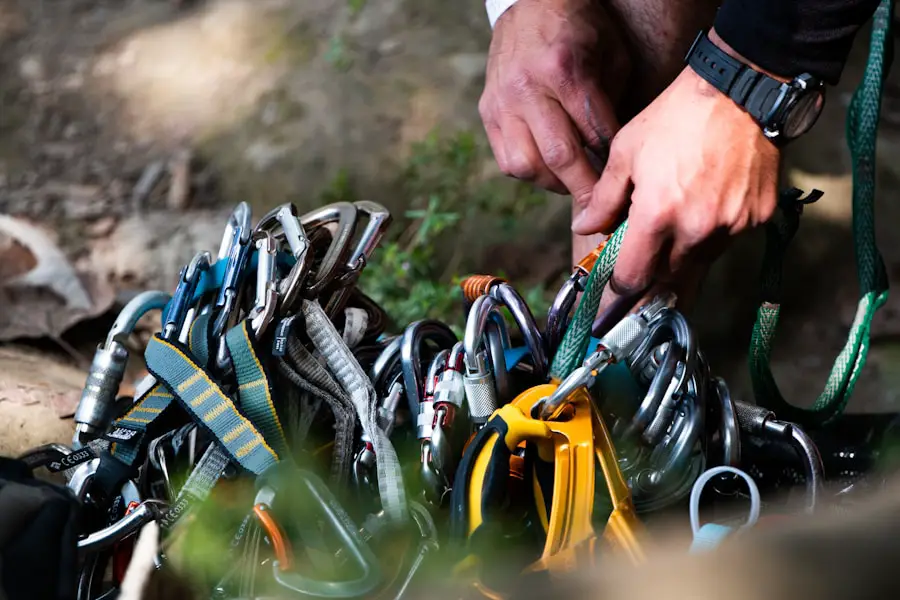Hiking is an activity that connects individuals with nature, offering both physical challenges and mental rejuvenation. For many outdoor enthusiasts, a hiking staff is not merely a tool but an extension of their own body, providing support, stability, and even a sense of companionship on the trail. Crafting your own hiking staff can be a deeply rewarding experience, allowing you to create a personalized piece that reflects your style and meets your specific needs.
The process of crafting a hiking staff combines elements of woodworking, design, and functionality, making it an engaging project for both novice and experienced crafters. The art of crafting a hiking staff has historical roots, with evidence suggesting that early humans used sticks and staffs for support while traversing rugged terrains. Today, while modern materials and technologies have transformed the hiking gear landscape, the allure of creating a custom hiking staff remains strong.
This article will guide you through the entire process of crafting your own hiking staff, from selecting the right materials to adding functional features and ensuring its longevity. By the end, you will not only have a deeper understanding of the craft but also the skills to create a hiking staff that is uniquely yours.
Key Takeaways
- Hiking staff crafting is a rewarding and practical hobby that allows you to create a personalized and functional tool for your outdoor adventures.
- When choosing materials for your hiking staff, consider factors such as weight, durability, and comfort to ensure a suitable and reliable option for your needs.
- Designing and customizing your hiking staff allows you to add personal touches and features that enhance its functionality and reflect your individual style.
- Utilizing the right tools and techniques is essential for crafting a hiking staff, and understanding the process will help you achieve a professional and sturdy result.
- Adding functional features such as a compass, camera mount, or shock-absorbing tip can enhance the usability and convenience of your handcrafted hiking staff.
Choosing the Right Materials for Your Hiking Staff
Traditional Materials
Traditionally, hiking staffs were made from wood, with popular choices including hickory, ash, and oak due to their strength and resilience. Hickory, for instance, is known for its shock-absorbing properties, making it an excellent choice for absorbing the impact of uneven terrain. Ash offers a good balance between weight and strength, while oak is renowned for its durability but can be heavier than other options.
Synthetic Materials
In recent years, synthetic materials such as carbon fiber and aluminum have gained popularity among hikers seeking lightweight alternatives. Carbon fiber is exceptionally strong yet lightweight, making it ideal for long-distance trekking where every ounce counts. Aluminum, on the other hand, is more affordable and offers good durability but may not provide the same level of shock absorption as wood.
Selecting the Right Material
When selecting materials, consider your hiking style and the environments you typically traverse. If you often hike in rugged terrains or carry heavy loads, a sturdier material may be necessary. Conversely, if you prefer leisurely walks on well-maintained trails, a lighter option could suffice.
Designing and Customizing Your Hiking Staff

Once you have chosen your materials, the next step is to design your hiking staff. This phase allows for creativity and personalization, enabling you to create a staff that not only serves its purpose but also reflects your personality. Start by determining the length of your staff; a general rule of thumb is to choose a height that reaches your wrist when standing upright with your arm at your side.
This ensures optimal support while maintaining comfort during use. Customization can extend beyond mere dimensions. Consider incorporating unique features such as carved designs or painted patterns that resonate with your personal style or experiences in nature.
Some crafters opt to engrave meaningful quotes or symbols onto their staffs, creating a narrative that accompanies them on their hikes. Additionally, think about the grip; adding a comfortable handle made from materials like cork or rubber can enhance usability and reduce hand fatigue during long treks. The design phase is an opportunity to infuse your hiking staff with character while ensuring it meets your functional needs.
Tools and Techniques for Crafting Your Hiking Staff
| Tool/Technique | Description |
|---|---|
| Hiking Staff Material | Wood, aluminum, carbon fiber, or fiberglass |
| Carving Tools | Chisels, gouges, and knives for shaping the staff |
| Sanding Equipment | Sandpaper and sanding blocks for smoothing the staff |
| Decorative Elements | Leather wraps, carvings, or metal accents for personalization |
| Protective Finish | Sealant or varnish to protect the staff from the elements |
Crafting a hiking staff requires a variety of tools and techniques that can range from basic hand tools to more advanced machinery. At its core, the process typically begins with selecting a suitable piece of wood or material and preparing it for shaping. Essential tools include a saw for cutting the material to length, a chisel for carving details, sandpaper for smoothing surfaces, and a drill for creating holes if you plan to add features like a wrist strap or decorative elements.
Shaping the staff involves removing excess material to achieve the desired thickness and tapering the ends for comfort and aesthetics. Techniques such as whittling can be employed to create intricate designs or patterns along the shaft. For those using synthetic materials like carbon fiber or aluminum, specialized tools may be necessary; for instance, cutting carbon fiber requires specific blades to prevent fraying.
Regardless of the materials used, safety should always be a priority; wearing protective gear such as gloves and goggles can help prevent injuries during the crafting process.
Adding Functional Features to Your Hiking Staff
Beyond aesthetics, adding functional features to your hiking staff can significantly enhance its usability on the trail. One common addition is a rubber tip or ferrule at the bottom of the staff, which provides traction on slippery surfaces and protects the wood from wear over time. Some hikers also choose to incorporate a removable tip that can adapt to different terrains—such as a pointed tip for rocky paths or a wider base for soft ground.
Another functional feature to consider is an adjustable height mechanism. This can be particularly useful for hikers who share their staff with others or who encounter varying terrain that may require different lengths for optimal support. Additionally, integrating a wrist strap can provide extra security while navigating steep inclines or uneven ground.
Other enhancements might include built-in storage compartments for small items like snacks or first-aid supplies or even a compass embedded in the handle for navigation assistance.
Finishing and Protecting Your Hiking Staff

Enhancing Appearance and Protection
A proper finish not only enhances the appearance of the wood but also provides a barrier against moisture and UV damage. For wooden staffs, applying a natural oil finish—such as linseed oil or tung oil—can nourish the wood while offering some level of water resistance.
Penetrating Protection
These oils penetrate deeply into the wood fibers, enhancing its natural grain and providing protection without creating a thick film that could peel over time. For those using synthetic materials, finishing may involve sanding down rough edges and applying protective coatings designed specifically for those materials.
Achieving a Durable Finish
Regardless of the material used, allowing adequate drying time between coats is crucial to achieving a durable finish that will withstand outdoor conditions. A clear coat can help shield against scratches and UV rays while maintaining the aesthetic appeal of your design.
Using Your Handcrafted Hiking Staff on the Trail
With your handcrafted hiking staff complete, it’s time to take it out on the trail and put it to use. The first step is familiarizing yourself with how it feels in hand; practice using it on flat surfaces before tackling more challenging terrains. A well-crafted hiking staff should feel comfortable and balanced as you walk, providing support without causing strain on your wrists or arms.
When navigating trails, remember that your staff can serve multiple purposes beyond mere support. It can be used to test the stability of ground ahead or help maintain balance when crossing streams or rocky areas. Additionally, many hikers find that using a staff can help distribute weight more evenly across their body, reducing fatigue during long hikes.
As you become accustomed to using your staff, you may discover new techniques that enhance your hiking experience—such as using it to create rhythm in your stride or employing it as an anchor when climbing steep inclines.
Maintenance and Care for Your Handcrafted Hiking Staff
To ensure that your handcrafted hiking staff remains in excellent condition over time, regular maintenance is essential. For wooden staffs, inspect them periodically for signs of wear or damage—such as cracks or splintering—and address any issues promptly to prevent further deterioration. Cleaning your staff after each hike can also help maintain its appearance; simply wipe it down with a damp cloth to remove dirt and debris.
If you notice that the finish has worn away in certain areas due to frequent use or exposure to moisture, consider reapplying oil or protective coatings as needed. For synthetic materials, check for scratches or dents that may affect performance; minor imperfections can often be polished out with fine sandpaper or specialized cleaners designed for those materials. By taking these steps to care for your hiking staff, you can ensure that it remains not only functional but also a cherished companion on all your outdoor adventures.
If you’re looking to make your own hiking staff, you may also be interested in learning about the best travel fishing rod. Check out this article on the top travel fishing rods for your next outdoor adventure.
Love travel? Join Our Facebook Community
FAQs
What materials are commonly used to make a hiking staff?
Common materials used to make a hiking staff include wood, such as oak, hickory, or ash, as well as aluminum or carbon fiber for lightweight options.
What are the benefits of using a hiking staff?
Using a hiking staff can provide added stability and support while hiking, especially on uneven terrain. It can also help reduce strain on the knees and lower body, and provide assistance when crossing streams or navigating steep inclines.
How long should a hiking staff be?
A hiking staff should generally be about shoulder height for most individuals, but the ideal length can vary based on personal preference and the specific terrain being hiked.
Are there any special features to consider when making a hiking staff?
Some special features to consider when making a hiking staff include adding a wrist strap for added security, a rubber tip for traction, and a removable basket for use in snow or mud.
What are some tips for customizing a hiking staff?
Some tips for customizing a hiking staff include carving designs or patterns into the wood, adding a compass or thermometer to the handle, or attaching a small pouch for storing small items.
